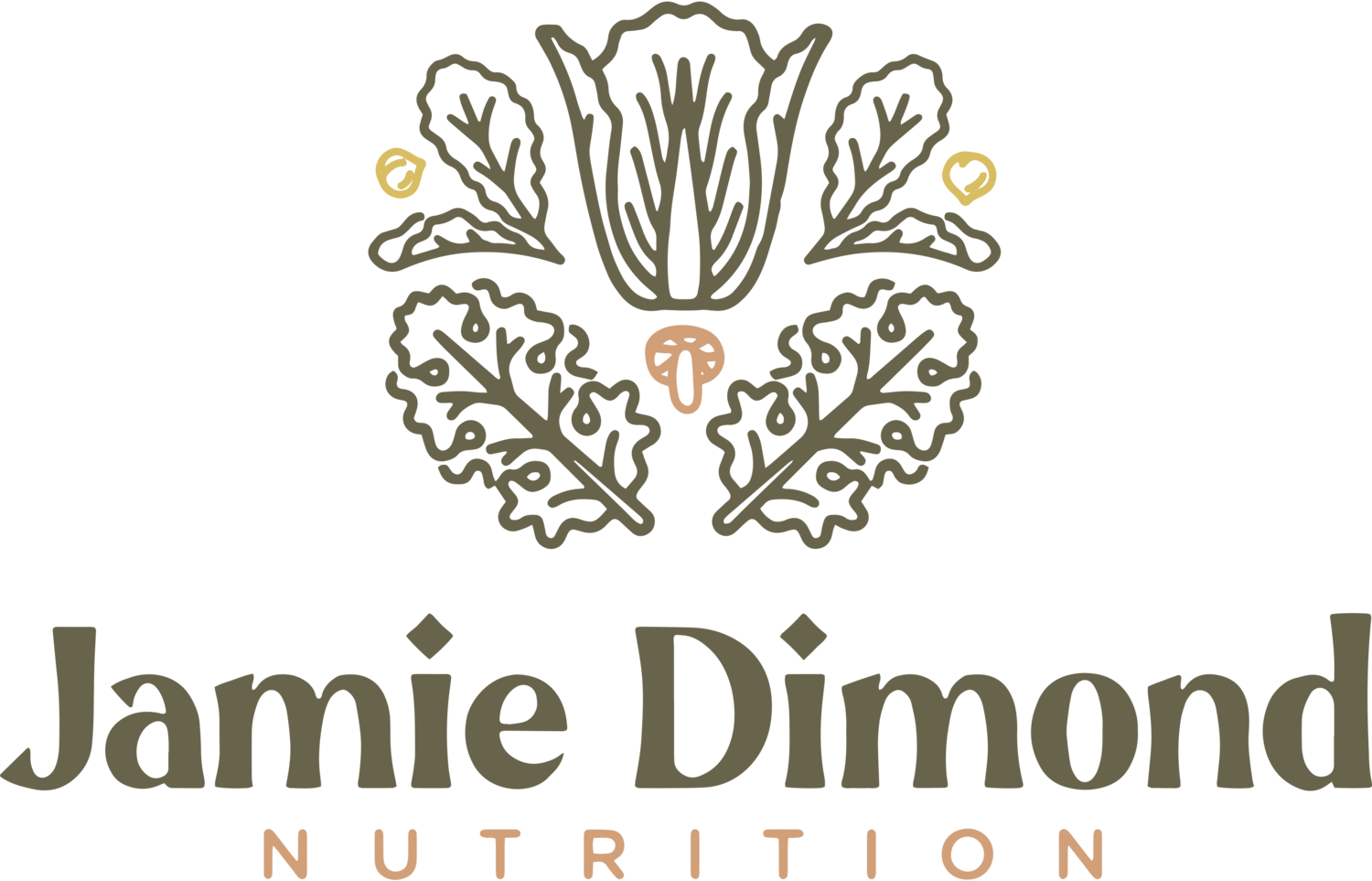Supportive Springtime Practices
Spring is in full bloom in Portland. This past winter was increasingly challenging for many people as we continued to practice social distancing through the rainy and dark season. It makes the increasing amount of sunshine and daylight feel even more exciting. There are many ways to connect with the earth and with your food during this time.
G R O U N D I N G
Being outside, breathing in the fresh air, and feeling the warmth of the sun on your skin. Just imagining myself amongst tall trees and away from the bustle of the city washes a sense of relief over me. We do not always have the option to pack up the car and explore the vast wilderness which surrounds us in almost every direction. But here is a thought, what if you could reap the benefits of a quiet nature hike in your own backyard or city park? It’s as easy as taking off your shoes. Grounding, or earthing, is the practice of reconnecting with the earth, quite literally. Have you ever arrived at the beach or to your favorite park, taken off your shoes, and suddenly felt an immense sense of calm? Research shows that this may not simply be due to your pleasant surroundings but be a result of your physical connectivity to the earth. Dubbed “electric nutrition”, the practice of grounding may have anti-inflammatory and anti-oxidative effects thanks to its ability to activate the parasympathetic nervous system. When your skin touches the earth, you begin to absorb its free electrons, with the potential to restore, revitalize and normalize many of the bioelectric systems present in the human body(1). Many practitioners recommend 30-40 minutes of grounding per day for pain relief and stress reduction. Though, I say you have absolutely nothing to lose, so walk to the mailbox shoeless or sprawl out on the grass at your favorite park!
S U N R I S E , S U N S E T
There is something extremely meditative about watching the sunrise in the morning and fall in the evening. The increasingly clear skies in Portland have led to some spectacular color shows. For most, waking up before the sun will not sound like a joy-sparking practice. Though rising with the sun can help set our circadian rhythms. Everything from our phones, artificial lights, and the timing of our meals can throw off the balance of our natural clocks. Most of our current work schedules and living situations do not allow us to wake and rest with natural light. Though there are still many benefits of simply enjoying the occasional golden sky. Admiring natural beauty may increase overall well-being, generosity and enhance life satisfaction (2). Understandably so, as watching the sky allows us to press pause and slow down. Try watching the sky change colors at the end of your day with minimal technology, a few deep belly breaths, and your favorite snack. I recently heard a recommendation on a podcast to try to plan your daily walks during sunrise or sunset. This increases your exposure to the red light in the sky, keeps you away from the blue light in your phone, and allows your circadian rhythm to sync with the daylight!
S P R O U T I N G
Spring and sprouts go together like peanut butter and jelly. Growing sprouts is like cultivating a mason jar-sized vegetable garden in your kitchen. Seeds just need a little encouragement and love in order to burst into tasty, leafy microgreens ready to be gobbled up. Each sprout is packed with the same amount of vitamins, minerals, and antioxidants as its grown-up counterparts. For example, broccoli sprouts contain a concentrated amount of isothiocyanates, a powerful phytochemical known for its anti-cancer properties (3). Growing sprouts at home is affordable and extremely easy! Seeds are placed in a mason jar topped with a sprouting lid or other DIY option (you can use a screen or cloth). Rinse and drain the seeds multiple times a day while protecting them from bright light. Check out this detailed blog post for full instructions and troubleshooting. A fun and nutrition-packed activity for kiddos and adults alike!
F E R M E N T I N G
Springtime is my favorite time to start a new fermentation project! It’s great to preserve produce at its peak nutrient density, create new funky flavors, and foster colonies of gut-loving and mood-boosting microbes. Sauerkraut is my go-to. I love adding a scoop to my dinner bowl or with my morning eggs. After placing my jar of gingery purple cabbage in the corner of my kitchen to rest, I scribble “check sauerkraut” into my calendar. I peek at it every so often, especially when I catch a whiff of its funky goodness. All it takes is cabbage, salt, and lots of patience. First time home fermenter? It is surprisingly simple and the interweb is here to help you! Check out this recipe or this step-by-step. Youtube has many great options too if you need a live visual.
Sources:
* All photos are by Taylor Davis. Instagram. Darkroom.
** This post was originally created for Joule Crafted Nutrition and has been edited for my personal use **




